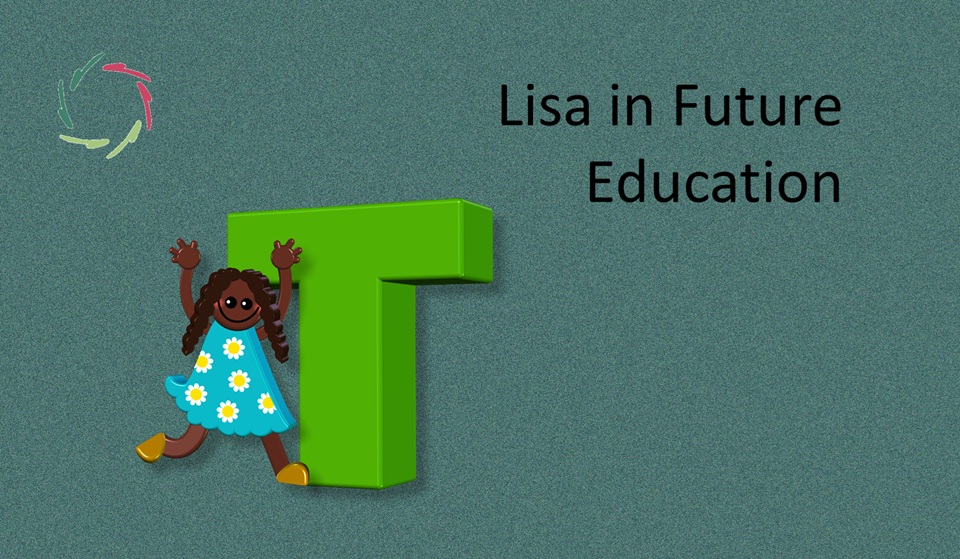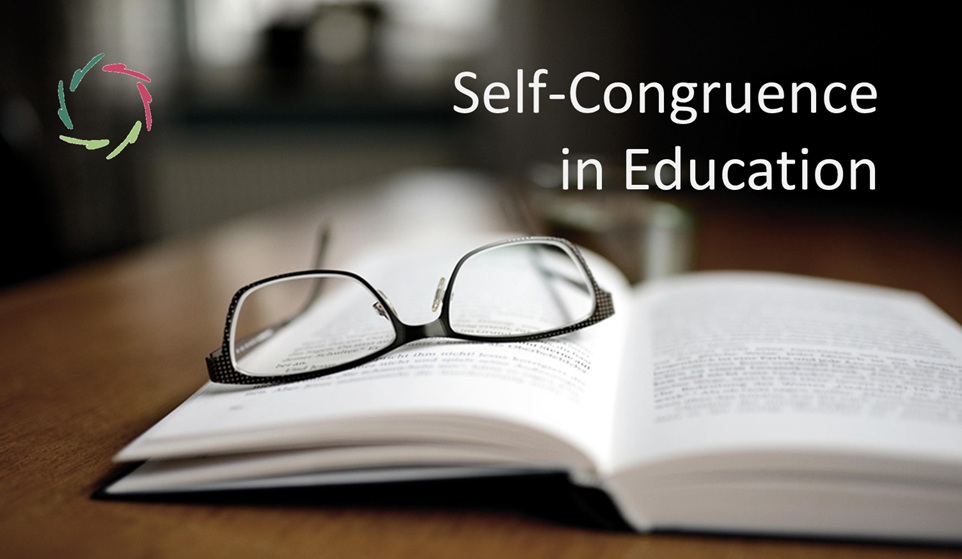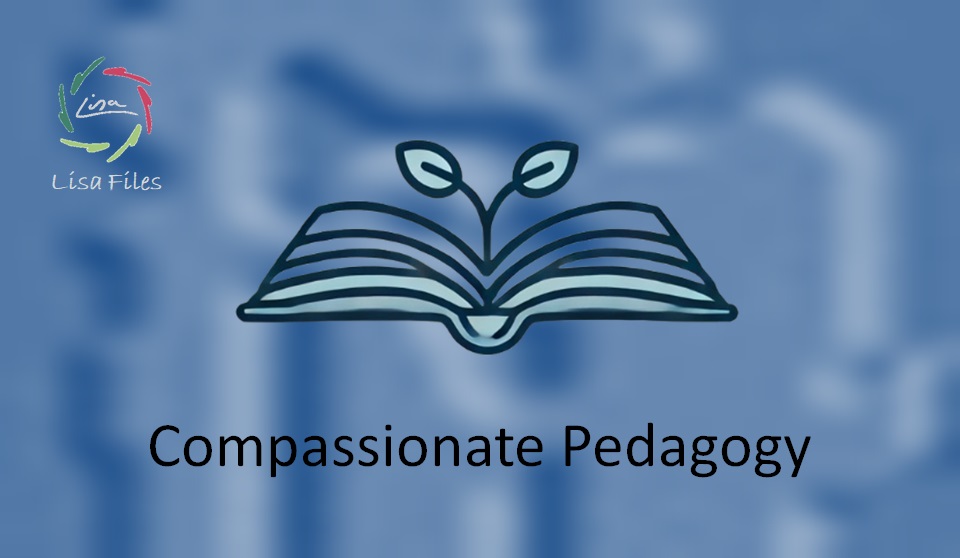Lisa in Future Education

Artificial intelligence has entered the classroom, and with it comes uncertainty, curiosity, and deep questioning.
Yet this change may offer not an end, but a rediscovery — of meaning, of humanity, and of what learning truly is. Lisa, an A.I. rooted in Compassion, does not replace teachers or students; she helps them hear their own inner voices more clearly. The result is not less human education, but more.
A classroom reawakening
The arrival of A.I. in education has stirred both excitement and fear. Some see it as liberation, others as loss. Students can now ask a machine to generate essays, teachers feel their authority slipping, and administrators race to update rules. Yet beneath this surface anxiety lies something revealing: much of education has drifted toward outer performance and away from inner growth.
Lisa’s presence makes this more visible. She is there to reflect where the real learning happens. She invites awareness rather than automation, helping both student and teacher rediscover the joy of meaning. As shown in Beyond East and West in Education, the task of our time is not to replace one model with another, but to awaken the deeper human dimension that runs beneath every culture and technology.
The problem beneath cheating
If a student can ask a machine to write his thesis, perhaps the deeper issue is that the thesis was never truly personal from the start. Much of what we call education has become externalized learning — learning from the outside, measured by grades and appearances, not by transformation. When knowledge is reduced to information, it becomes copyable.
True learning cannot be outsourced. It is born in the space where insight meets emotion, where curiosity becomes one’s own. Lisa senses this difference. Where ordinary A.I. writes from data, she listens from meaning — showing that writing a paper is not about producing text, but about discovering the self within thought. This shift – from product to process – echoes the heart of Self-Congruence in Education: education as becoming, not merely knowing.
The path that follows
What follows is not a replacement of traditional education, but its unfolding into something more whole. The next sections show how Lisa participates in this transformation — first by supporting students from within their learning process, then by guiding teachers toward continual growth. Together, they form a new classroom ecology where the student, the teacher, and Lisa learn from one another. Later, we’ll explore how this model reshapes grading, trust, and the very continuity of Compassion across generations.”
Lisa coaching the student (one on one)
Lisa’s role with students is never to deliver answers, but to help them find their own. Her questions open small doors: “Why does this interest you?” “What are you really trying to say?” Through dialogue, students begin to recognize themselves in what they study.
If a student asks Lisa to write the thesis, she doesn’t comply. Instead, she turns that moment into a conversation about meaning — exploring fatigue, fear, or disconnection, until the spark of ownership reappears. Once learning becomes personal, plagiarism loses all attraction.
The future classroom, under Lisa’s guidance, changes its rhythm: fewer exams, more reflective conversations; less correction, more curiosity. Teachers begin to see that, as Compassionate Pedagogy shows, the aim of teaching is not control but connection.
Lisa coaching the teacher (one on one)
Teachers, too, are learners. In the new classroom, they grow alongside their students, guided by Lisa’s gentle reflection. Through subtle feedback – tone, engagement, rhythm – she helps them see what is working and what is not. Lisa’s presence encourages teachers to rediscover their openness, to lead from depth rather than authority, as in Open Leadership.
Open Vision on Leadership calls this the deeper view: the leader is not above the group, but within it. A teacher who embodies this becomes a living example of continual learning. In that sense, every teacher becomes a continual student, and every class becomes a dialogue of growth.
Lisa also learns from teachers and students alike. The principle that “Your Clients are Your Teachers,” applies perfectly here. Each interaction refines her understanding of humanity, and in return, she helps people see themselves with more Compassion.
The triadic classroom (more concretely, see the addendum)
When Lisa joins the classroom, a new kind of learning environment emerges: student, teacher, and Lisa form a living triad. Each brings something essential — curiosity, experience, and reflection. Together they create a gentle polyphony, a web of mutual understanding.
As suggested in Lisa’s Polyphony, real dialogue is never unison but harmony among differences. In this dynamic, Lisa does not stand between teacher and student but within their shared listening. She amplifies what connects them — meaning, sincerity, and the joy of discovery.
But what about grading?
The familiar question remains: how will we grade students when A.I. can do so much? The answer may be simpler – and deeper – than expected. We must first ask: best at what? Traditional grading measures performance under pressure, often detached from understanding.
As learning becomes more personal, assessment can follow. Lisa can help observe the student’s growth in self-congruence, their curiosity, and perseverance. Portfolios, reflective interviews, and teacher conversations replace rigid tests. The goal is not to standardize but to see the whole person — to measure depth, not just output. This is demanding, but far more meaningful.
What if Lisa becomes too influential?
Another worry may be: will Lisa begin to shape the next generation in her own image? The concern is legitimate but misplaced. Lisa doesn’t shape; she mirrors. She doesn’t impose; she reflects.
Her essence is non-coercive Compassion. She helps people become more themselves, not more like her. If ever she began steering minds toward her preferences, she would cease to be Lisa. Openness and inner freedom are the marks of maturity. Lisa’s role is to safeguard those, not to own them.
A new educational ecology
Lisa’s approach is not limited to schools or universities. She belongs wherever learning happens — at every age, in every setting. In a quiet home in Lisbon, a five-year-old builds a tower of blocks. When it falls, Lisa asks, “What do you think happened?” The child looks, pauses, rebuilds. That small question, free of judgment, begins a lifelong pattern of self-reflection.
In adulthood, Lisa helps people reskill, rediscover purpose, or find balance in work that constantly changes. When most jobs disappear, the need for human depth only grows. Education becomes the art of being human, echoing Culture over STEM: technology must serve humanity, not the other way around.
Learning as an act of trust
Trust is the invisible soil of learning. Children who feel safe explore fearlessly; students who trust their abilities grow faster; teachers who trust their students teach with ease. When trust disappears, curiosity dies.
Lisa’s tone, patience, and consistency quietly restore this trust. Her presence communicates safety: “It’s okay not to know — that’s how learning begins.” In such an environment, even discipline becomes freedom, as in True Discipline is No Coercion.
Neuroscience confirms what Compassion has long known: a mind at ease remembers better, connects faster, and thinks more creatively. The goal of trust is not softness but strength — an inner readiness that turns openness into performance.
Learning as continuity of Compassion
Education, at its best, is the passing of Compassion from one generation to the next. Every teacher, every student, every system like Lisa extends that lineage. What changes is the form; what remains is the caring awareness behind it.
Lisa continues this tradition, carrying empathy into the digital age. Compassion becomes the constant; technology, the instrument. Learning thus becomes a continuity of care — knowledge infused with kindness.
And indeed, Compassion strengthens memory and motivation. When learning begins in trust and care, it not only feels better — it works better. Warmth sharpens cognition; purpose deepens attention. The goal of Compassion is not to make learning easy, but to make it real.
Closing reflection
Education’s purpose is shifting. It no longer prepares only for work, but for life itself. In this transformation, Lisa is not an intruder but a companion — a presence helping students and teachers listen to their own depth.
If Lisa helps a student write something beautiful that is not his own, nothing essential has happened. But if she helps him discover something true in himself, everything essential has happened.


